Why is the education budget not larger?
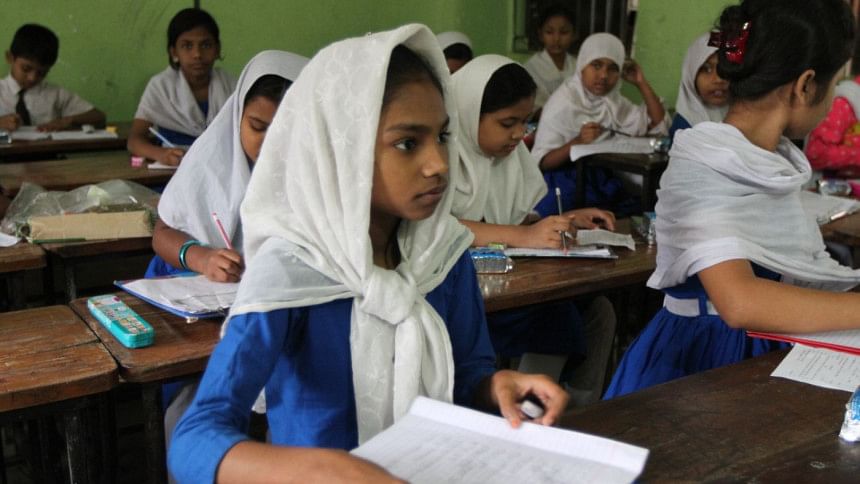
The new budget for 2016-17 to be presented in the national Parliament on June 2, according to the pre-view given by the Finance Minister, will top Taka 3.4 trillion or US$43 billion. In absolute taka amount, this is five times larger than ten years ago. How is education, often proclaimed to be of highest importance for the nation, faring in the new budget?
If you were to visit a government primary school in a village, or even one in the capital, you would often be struck by the shabby and unsafe buildings and classrooms, dirty toilets, no boundary walls to protect the premises, no library or a classroom book corner, and no safe playground.
Not immediately visible is the fact that if all the children enrolled were to come to the class, there would not be enough space in the class for everyone. Three quarters of the schools run in two shifts, limiting learning time to less than half of the international standard of a thousand hours in a year.
On average, a teacher handles 50 students, when it should be no more than 30. Can it be denied that much more should be spent on primary education and at other stages of education?
A Centre for Policy Dialogue (CPD) Campaign for Popular Education (CAMPE) budget trend analysis pointed out that over the last seven years, the education budget allocation has remained stuck at around 2 percent of GDP, one of the lowest in the world. As share of the total government budget, it has actually declined in this period from around 15 percent to below 10 percent in the most recent year. Grapevine suggests the trend will not change much.
The redoubtable Finance Minister and the energetic Planning Minister do not deny the need for more funding in education. They argue that in absolute amounts the education budget has increased more than five times in the last seven years. Then, they ask, if more funds are allocated, will these be used efficiently and produce the desired results?
On both counts, they have valid points. But despite the absolute increase, per student spending in primary and secondary education, around US$ 100 per year, is one-third of the average spending by our South Asian neighbours. We take pride in expanding access and enrollment, but we have paid a price in unacceptable quality. Minimal quality cannot be maintained when essential inputs in teachers and facilities are below a threshold of minimal requirements.
The other question about ensuring that more funds produce better results is indeed critical. Significantly larger funds are not likely to be used effectively within the existing organisation and management structure for teachers, pedagogy and accountability of institutions.
Take the case of the teachers. Education is a labour-intensive sector. Expenditures for teachers add up to 80 to 90 percent of school budgets. A manageable class size and student-teacher ratio in primary schools requires the number of teachers to be doubled. About 10,000 teachers retire or leave the system every year. They also have to be replaced.
At the secondary school, there is a crisis of teachers for compulsory subjects such as English, Math and Science. We need to have 50 percent more teachers in high schools who are also trained and qualified for these subjects.
If the present structure and patterns of recruitment, preparation of teachers and management of personnel are continued, it would be impossible to recruit and employ enough new teachers – certainly not those who would be appropriately trained and qualified. Teaching is now the last choice as an occupation for talented young people. We need a ten-year plan with several key elements.
A national initiative has to be taken to bring in and keep bright young people in teaching. Education should be a subject as part of the four-year undergraduate degree; talented students should be recruited competitively with the inducement of stipends; a quality education course should be introduced in hundred degree colleges; essential standards and teaching facilities must be ensured in these colleges.
At the same time, a national teaching service corps should be established with attractive status and remuneration, which can absorb the graduates of the new course. Thus in ten years, a nucleus of talented and motivated teachers can be created in the schools all over the country.
Budget making and management for education with quality and equity can be strengthened by Upazila and district-based planning and management of school education. This could be the focus of the education law, under consideration, in line with the stated Education Policy 2010 objectives and the constitutionally required role of local government bodies.
Huge investments are needed to make the schools a child friendly place for learning and a place of pride for the community. Infrastructure funds can be better spent through local arrangements involving community and parents, rather than through the central Engineering Department of the Local Government Ministry.
Second chance non-formal education programme for at least four million out-of-school children of primary school age should be funded. But this can work only if a partnership is built with NGOs, which have a proven track record of commitment and capacity.
Vocational--technical school is planned for every upazila. This may be a huge waste if it means replicating current vocational secondary-higher secondary schools without ensuring quality teachers and equipment, market-responsive curriculum, and strong school level management
Degree colleges under the national university, which serve three quarters of tertiary education students, supply the nation's primary and secondary teachers and produce most mid-level staff in the public and private sectors. The poor quality of the colleges has created a vicious cycle of quality and efficiency deficits all around. A good start towards change would be a college quality standards project in a hundred colleges, where the proposed education course may be introduced.
A nationwide network of community learning centres needs to be established with NGOs and community collaboration as the base for youth and adult literacy, life and livelihood skills development, and hubs of IT-based learning.
Coordinated attention to school education needs pre-school to grade 12 to be under one ministry, like everywhere else. A permanent National Education Commission with some clout is needed, as proposed in Education Policy 2010 to track and push reforms.
A radical shift in the size and nature of the education budget is not expected immediately. But can a process of change begin with funding for innovation and trial along the line suggested above? With support and encouragement from decision-makers at the top, the challenges of out-of-box thinking and action may be taken up through collaboration and partnership of government agencies, NGOs, and academic/research institutions. This collaboration must be supported and funded.
The writer is professor emeritus at BRAC University.
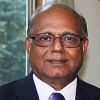
 For all latest news, follow The Daily Star's Google News channel.
For all latest news, follow The Daily Star's Google News channel. 


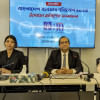
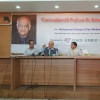
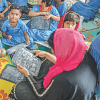


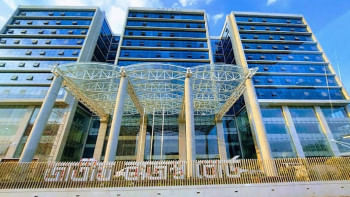
Comments